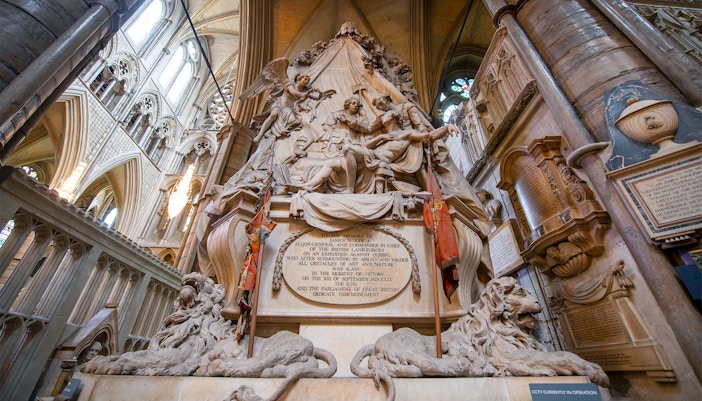The Poets' Corner at Westminster Abbey was originally established in the year 1400 as the burial place for Geoffrey Chaucer but has since been expanded to include other famous authors. Today, there are more than 100 writers and poets who have been commemorated here.
Poets' Corner is in the eastern aisle of the south transept and was initially a 'corner' itself. Over time, the burials and memorials spread across the entire transept. Apart from authors and poets, some actors and clergymen are also buried here, along with the musician, George Frederic Handel. When someone is to be buried or memorialized here, it is the Deans of Westminster Abbey who make the call. They do, however, consult widely before providing a space based on merit.
























